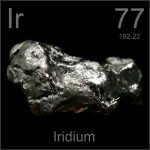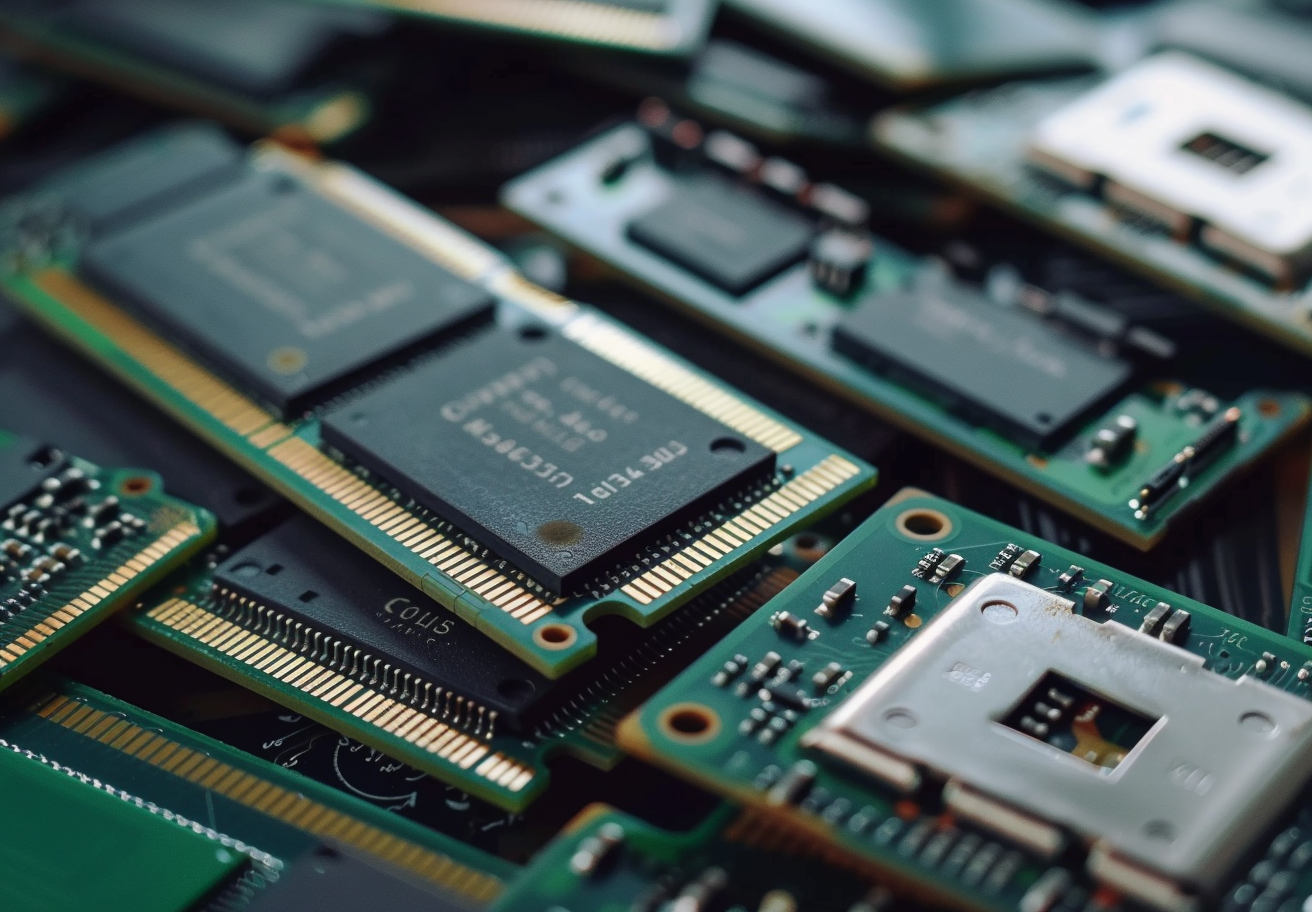In the rapidly evolving semiconductor industry, the choice of materials for thin film deposition plays a critical role in the performance, reliability, and longevity of electronic devices. Among the various materials used, iridium sputtering targets stand out due to their unique properties and the advantages they offer in advanced semiconductor manufacturing processes. This article explores the importance of iridium sputtering targets, their diverse applications, and the reasons for their growing popularity in the semiconductor industry.
The Unique Properties of Iridium
Iridium is a transition metal known for its extraordinary physical and chemical properties. It has an exceptionally high melting point of 2446°C, making it one of the most stable metals under extreme thermal conditions. Additionally, iridium is highly resistant to corrosion, even in the presence of aggressive chemicals, which further enhances its durability in demanding environments.

These characteristics make iridium an ideal candidate for use in sputtering targets, where consistent performance under high-temperature conditions is essential. The high density and hardness of iridium also contribute to the formation of thin films with excellent structural integrity, which is crucial for the manufacture of reliable and long-lasting semiconductor devices.
Applications of Iridium Sputtering Targets in Semiconductors
Iridium sputtering targets are primarily used to deposit thin films in a variety of semiconductor applications. One of the key uses is in the production of microelectronic devices, where iridium thin films serve as electrodes, diffusion barriers, or conductive layers. The high electrical conductivity and thermal stability of iridium make it particularly suitable for these roles.
In advanced semiconductor manufacturing processes, such as those involved in the production of integrated circuits (ICs), microelectromechanical systems (MEMS), and high-frequency radio frequency (RF) devices, the precision and consistency of thin film deposition are paramount. Iridium sputtering targets enable the creation of ultra-thin films with uniform thickness and minimal defects, ensuring the high performance and reliability of the final products.
Case Studies: Real-World Applications of Iridium Sputtering Targets
1. Advanced Memory Devices
A leading semiconductor manufacturer developing advanced memory devices, such as resistive random-access memory (ReRAM) and phase-change memory (PCM), faced challenges with traditional materials like platinum, which degraded under the high-temperature conditions required during device operation. By switching to iridium sputtering targets, the manufacturer was able to produce memory devices that maintained their structural integrity and electrical performance even at elevated temperatures. The result was a significant improvement in the reliability and lifespan of the memory devices, giving the company a competitive edge in the advanced memory market.

2. MEMS Devices for Harsh Environments
A company specializing in microelectromechanical systems (MEMS) required ultra-thin, highly conductive films for sensors used in high-temperature industrial applications. Traditional materials failed to provide the necessary stability. The company adopted iridium sputtering targets, leveraging iridium’s high melting point and oxidation resistance. The result was the production of MEMS sensors with enhanced durability and precision, enabling the company to expand its market reach into industries like aerospace and automotive, where reliability under extreme conditions is critical.

3. High-Frequency RF Devices
A semiconductor company developing high-frequency RF devices needed a sputtering material that could withstand intense electrical and thermal stress. Existing materials were prone to degradation, leading to poor device performance. By using iridium sputtering targets, the company achieved superior electrical conductivity and stability in their RF devices, resulting in enhanced signal integrity and reduced failure rates. This success allowed the company to improve the operational life of its devices, leading to increased customer satisfaction and a stronger market position.
Advantages Over Other Sputtering Targets
While other metals like platinum, palladium, and gold are also used in sputtering targets, iridium offers distinct advantages, particularly in applications requiring high-temperature stability and corrosion resistance. Compared to platinum, for instance, iridium exhibits greater hardness and is less prone to wear during the sputtering process, which can lead to longer target life and reduced maintenance costs.
Moreover, the unique electronic properties of iridium thin films, such as their work function and electrical conductivity, can be finely tuned during the sputtering process to meet the specific needs of advanced semiconductor devices. This flexibility makes iridium sputtering targets a preferred choice in cutting-edge applications where material performance cannot be compromised.
Conclusion
Iridium sputtering targets represent a critical component in the semiconductor manufacturing landscape, offering unmatched thermal stability, corrosion resistance, and electronic properties. The real-world applications discussed in this article highlight the practical benefits of iridium in advanced semiconductor devices. As the demand for high-performance semiconductor devices grows, the importance of choosing the right sputtering materials cannot be overstated. Iridium, with its unique advantages, is poised to play a pivotal role in the future of semiconductor technology, helping to drive innovation and ensure the reliability of the devices that power our modern world.
Stanford Advanced Materials (SAM) is a leading provider of high-quality iridium sputtering targets, catering to the specific needs of the semiconductor industry. With a commitment to precision and excellence, SAM ensures that manufacturers have access to the best materials to meet the demands of next-generation technologies.




